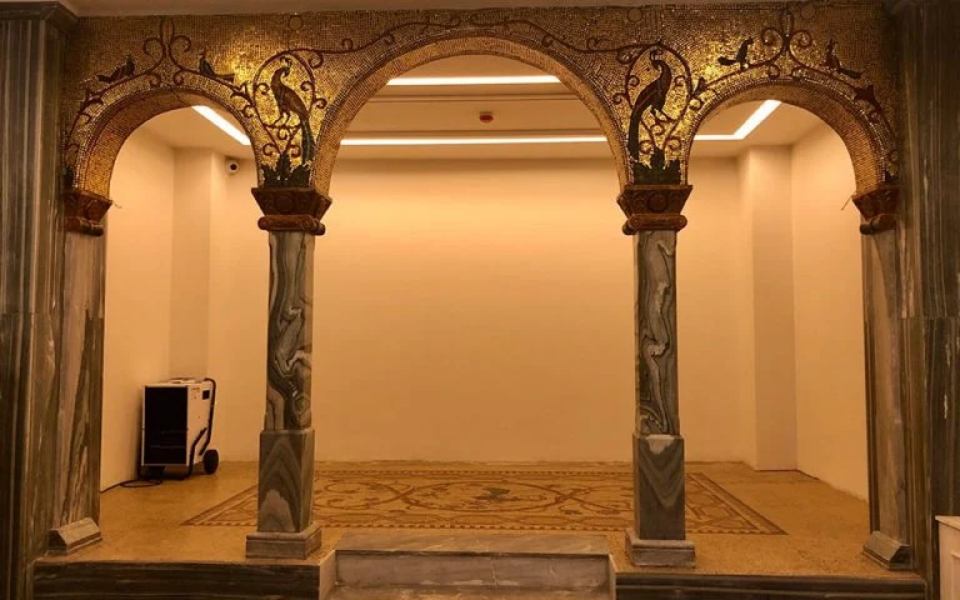At the end of April, after extensive restoration work, the Ziller-Loverdos Mansion in the center of Athens will be ready to greet the crowds, according to an announcement made by Minister of Culture Lina Mendoni during her recent visit to the building.
Minister Mendoni said that the mansion, which had been abandoned for many years, “has been restored in exemplary fashion and is ready to welcome the important Loverdos collection and to open its gates to the public.”
The transfer of the exhibit items is planned for sometime next week, as all the work necessary to modify the building for museum use has been completed by the Byzantine and Christian Museum.
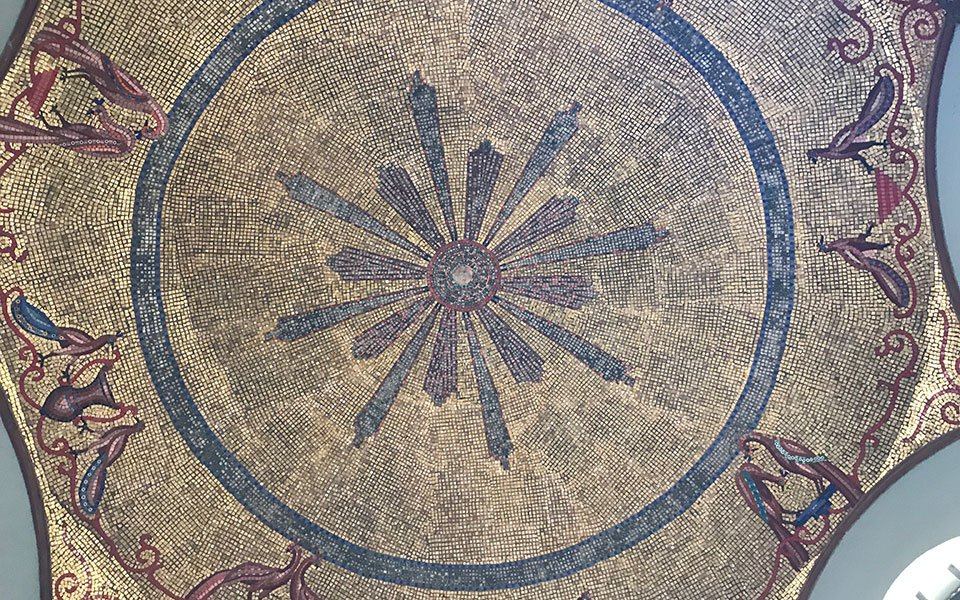
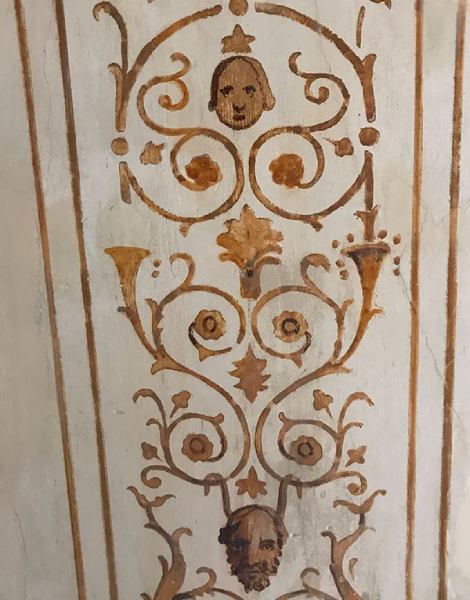
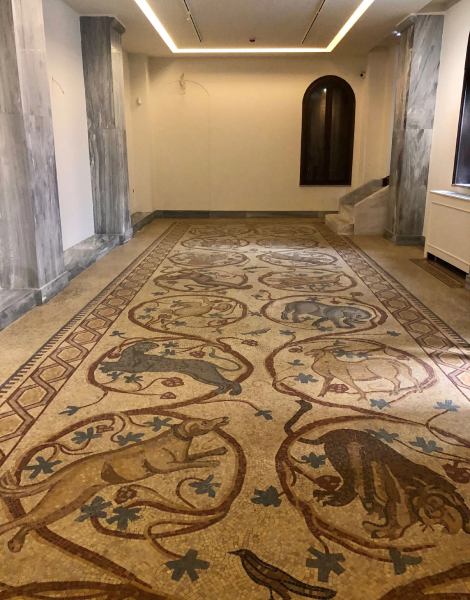
The restoration work on the mansion has already been completed by the Directorate for the Protection and Restoration of Modern and Contemporary Monuments and the Directorate of Conservation of Ancient and Modern Monuments.
At the Ζiller-Loverdos Mansion, which will function as an annex of the Byzantine and Christian Museum, visitors will be able to peruse the Loverdos Collection, which consists of artworks from the Cretan and Heptanese schools of painting, as well as engravings, wooden sculptures and other art objects.
The Mansion was donated to the Greek public in 1992 by Maria Loverdos and Ioanna Vasiliadis, daughters of the building’s second owner Dionysios Loverdos, for the purpose of creating a museum for their father’s extensive art collection, which they had already gifted to the nation in 1979, and with the Ministry of Culture acting as administrator on behalf of the Byzantine and Christian Museum.
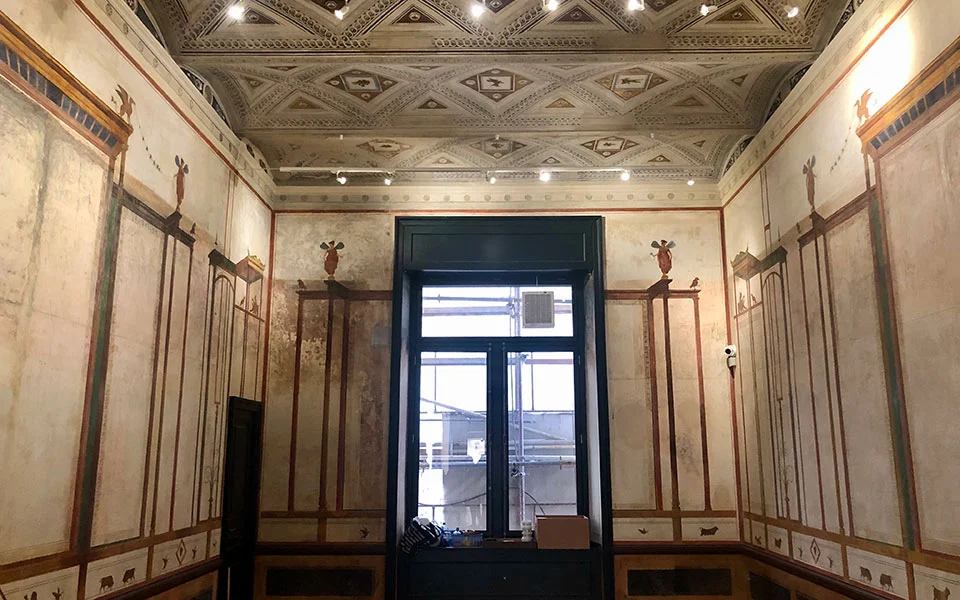
The history of the building
The Ziller-Loverdos Mansion, located on 6 Mavromihali Street in the center of Athens, was built in 1882 as the residence of the German architect Ernst Ziller.
It combines a variety of ancient elements and modern European trends of its time. Its facade features Caryatid heads, while inside there are superb decorative elements, including frescoes, ornate ceilings, elegant fireplaces and a wood-carved staircase leading to the upper floor.
The banker and collector Dionysios P. Loverdos of Kefalonia bought the mansion in 1912, in order to use it as both a residence and a museum in which to exhibit his rich private art collection.
In 1930, the architect Aristotle Zahos put the finishing touches on the building, with a number of modifications and additions, including the sealed chapel with its octagonal drum-shaped dome, and a new hall with marble columns.

